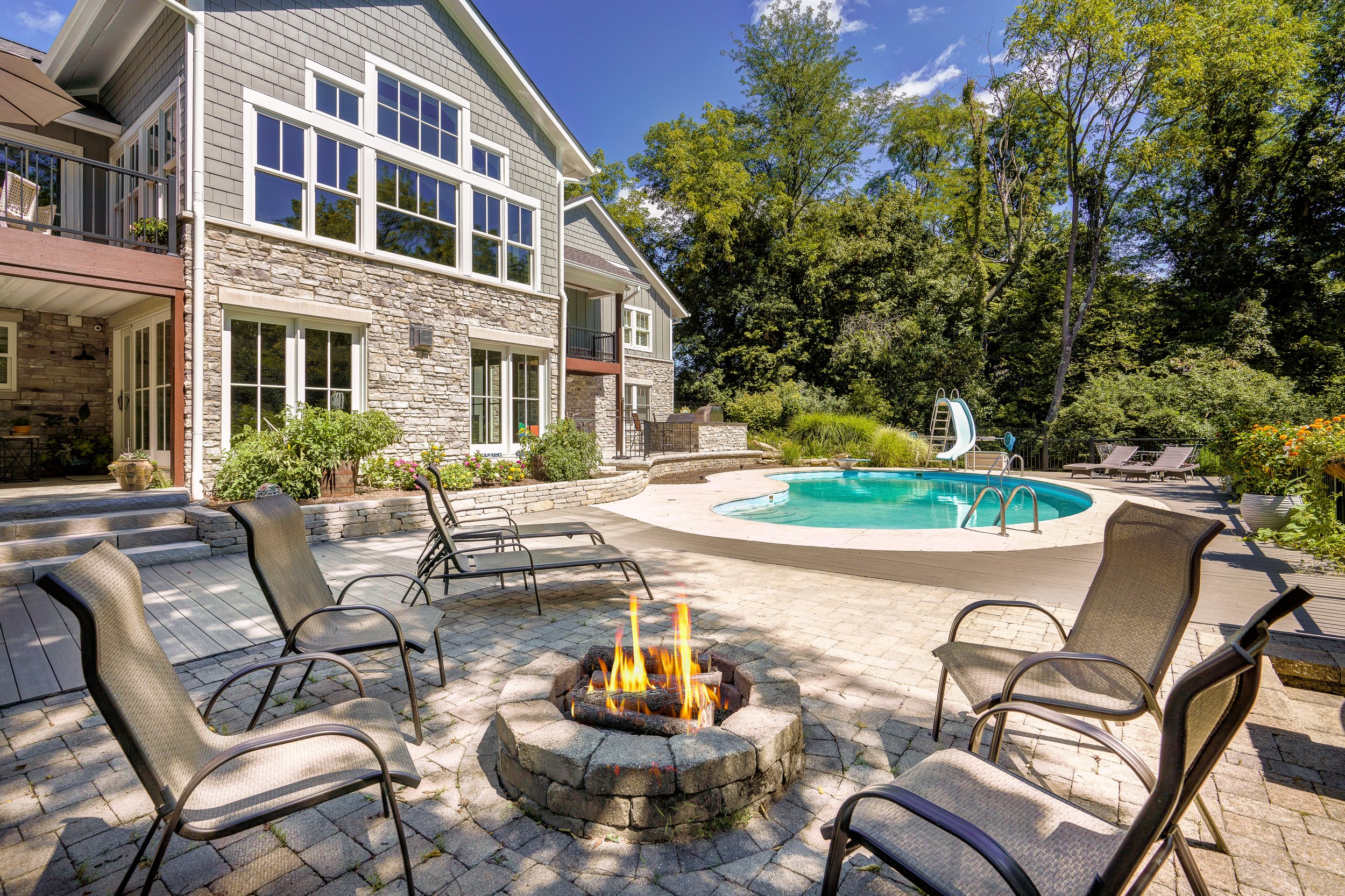It’s Pool Time! Are You Ready to Add a Pool to Your Backyard?
When it’s summer, we all want to stay cool and a pool is the place to be. Have you considered putting an inground pool into your backyard design? There are many items to consider when adding a pool. We have designed homes with outdoor living spaces, with a pool a must-have for some of our clients.
We thought we’d share the considerations we discuss with our clients when the pool conversation comes up during design.
Design thoughts to consider when adding a pool:
Zoning and utility easements. It seems like a large lot, but zoning may rule out the placement of a pool. Setbacks and the percentage of lot cover are both items to be checked prior to beginning design. Also, utility easements may take a sizable portion of the lot and not allow enough room for the pool.
Accessibility and grade conditions. Does the lot lend itself to an easy placement that is close to the level of the outdoor living area or does the grade fall off in the back so that you need to design an infinity edge or build up the grade to accommodate it? Conversely, if the lot rises toward the rear of the property, the pool may need to be cut into the grade and a landscape retaining wall built behind it. You want the space to flow easily from the outdoor living to the pool surround so that it is an integral part of the living space. A flight of steps will hinder its use, creating a possible safety hazard, and it becomes a destination instead of an integral part of the space.
Privacy. Does the available placement on the lot allow privacy or will extensive landscaping be needed to limit views from neighbors and/or the street? There’s nothing like a gorgeous pool that all of the neighbors can see from most vantage points in their own homes and yards. Think beyond the pool and visualize what you and your neighbors will be able to see.
Bath and changing facilities. Do you want kids with wet feet running through your house to the hall bath? What about an area for guests to change into a suit or change back into street clothes? A remote solution will likely not see much use. Is it easier to add a pool building than adding an additional bath to the house? Or is there room for a bathroom that opens to the backyard, allowing easy access without being in the rest of the house?
Placement of pool equipment. Filters, heaters, pool equipment, etc. take some room and can be an undesirable part of the landscape unless hidden by plantings, a building, or enclosed behind a fence or other structure. Where will you store the pool cleaning and maintenance equipment and chemicals? Where are you going to store the seasonal furniture and pool toys?
Security. City codes and common sense dictate that the pool area must be kept secure from smaller children and unwanted guests. Fencing drives decisions on gate placement and alarm systems along with automatic pool covers. Spend time to determine what safety measures you will need for your pool.
Maintenance. The size of your pool and whether you use a salt water or chlorine pool are all factors that impact maintenance. Are there trees nearby? Are you going to maintain it or hire a company to do that. Knowing this could impact your design.
Type of pool. Vinyl-lined, concrete, or fiberglass. Concrete is the most durable, but takes longer to install. Speaking with your insurance agent is a good idea, to know what you need to add to your home owner’s policy in case of damage, which can be more likely with vinyl or fiberglass.
Budget. There, we said it. Watching pools built on TV home shows one thing. Knowing what your budget is another. You may be tempted by rock wall surrounds, grottos, water features, an island, and more. Know your budget and stick to it.
If your home design includes the plan for a pool, you can rest easy knowing we will help you through the process with your contractor.






